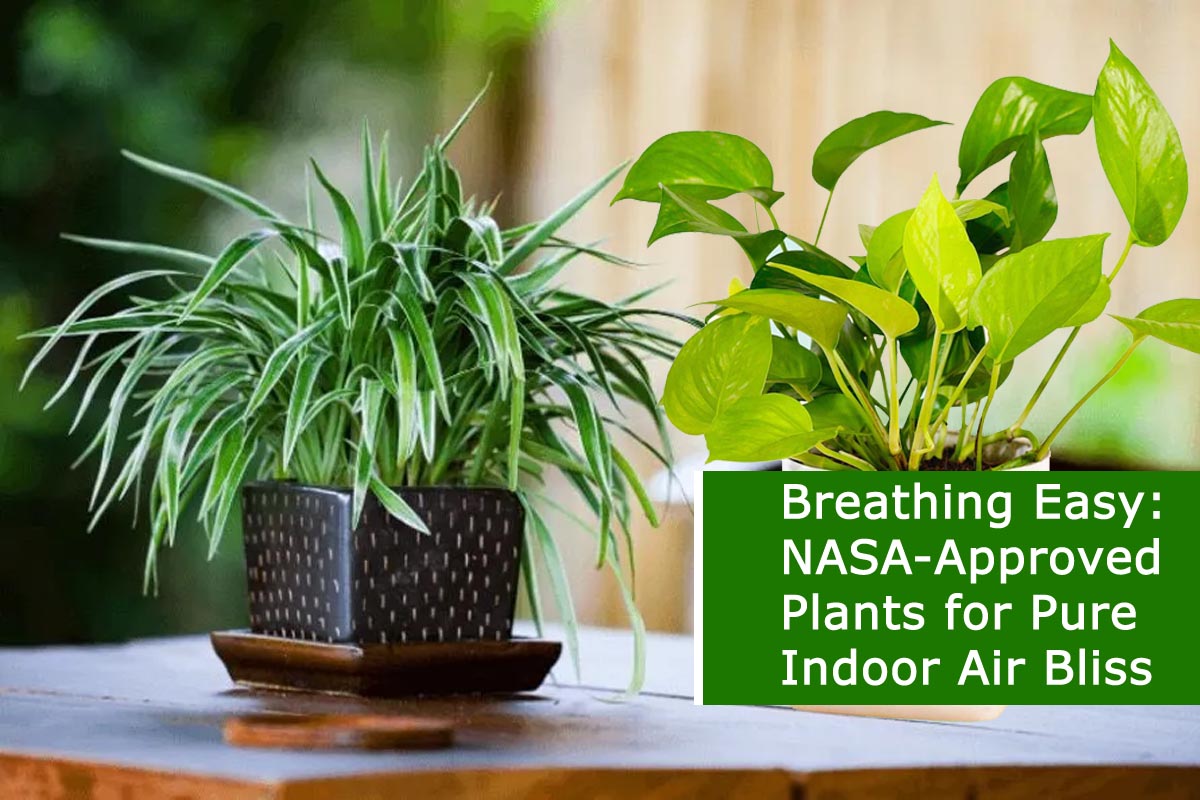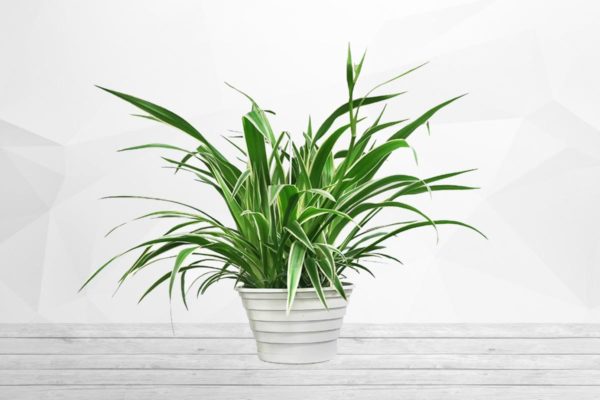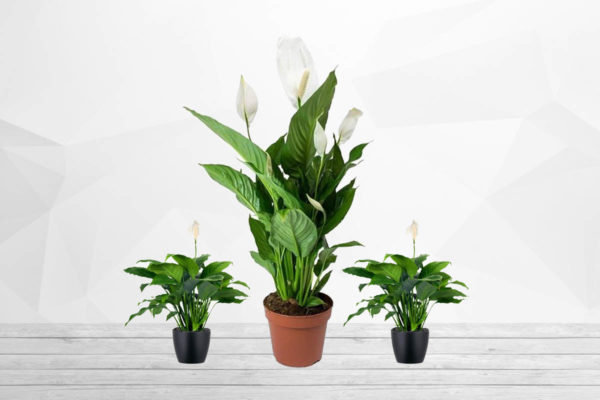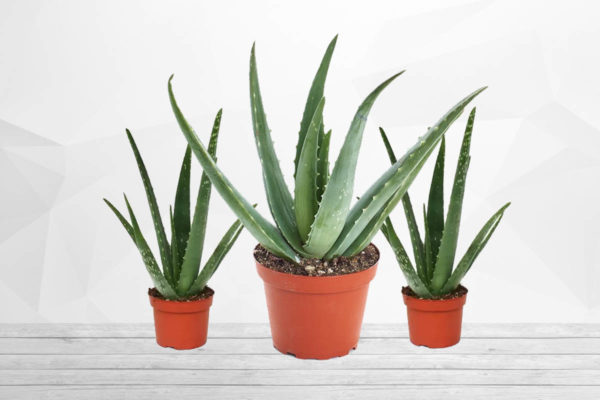
Breathing Easy: NASA-Approved Plants for Pure Indoor Air Bliss
In the hustle and bustle of modern life, creating a haven of tranquillity within our homes is a pursuit many of us hold dear. What if we told you that NASA, the space exploration authority, has ventured into the cosmos and delved into the science of cultivating pure, breathable air within the confines of our living spaces?
In their quest to create habitable environments in space, NASA scientists discovered that certain plants have extraordinary air-purifying capabilities. These green companions add a touch of nature to our indoor spaces and serve as natural air filters, removing harmful toxins and pollutants. So, let’s embark on a wellness journey and discover the NASA-approved plants that can turn your home into an oasis of pure indoor air bliss.
The Green Guardians: NASA’s Top Picks
Spider Plant (Chlorophytum comosum)
The spider plant is a true hero in the realm of air purification. Not only does it gracefully dangle from hanging baskets, but it also excels at removing formaldehyde and xylene from the air, leaving your home refreshed and rejuvenated.

Also Read This : 10 Indoor Houseplants for a Restful Night’s Sleep
Snake Plant (Sansevieria trifasciata)
Also known as the mother-in-law’s tongue, this resilient plant is a powerhouse for air purification. It thrives in low light and is excellent at converting carbon dioxide into oxygen at night, making it an ideal bedroom companion.

Also Read This : Green Dreams: Transform Your Bedroom with Sleep-Inducing Houseplants
Peace Lily (Spathiphyllum spp.)
With its elegant white blooms and lush green leaves, the peace lily is a NASA-approved gem. It removes common household toxins like ammonia, benzene, and formaldehyde. Please place it in your living room for elegance and improved air quality.

Also Read This : 10 Powerful Plants to Banish Negative Energy and Boost Positivity
Aloe Vera (Aloe barbadensis miller)
Beyond its healing properties for sunburns, aloe vera is a natural air purifier. It tackles formaldehyde and benzene, often found in cleaning products and paints. Keep this succulent in a sunny spot to enhance its air-cleansing capabilities.

Also Read This : How Many Types of Money Plants are there? Which One Should be Kept at Home?
Creating Your Indoor Oasis
Now that you know the chosen few by NASA, it’s time to transform your living space into an indoor oasis. Here are some tips to help you get started:
Strategic Placement
Position your NASA-approved plants strategically throughout your home, focusing on areas with higher concentrations of pollutants, such as the kitchen and living room.
Also Read This : Discover the Top Oxygen-Boosting Indoor Plants for a Healthier Home
Regular Maintenance
Just like any living thing, these green guardians need care. Regular watering, proper sunlight exposure, and occasional pruning will keep them thriving and performing at their best.
Mix and Match
Combine different types of NASA-approved plants to maximize the range of pollutants they can filter. Each plant has its speciality, and a diverse collection will ensure comprehensive air purification.
Also Read This : Tips to Keep Your Lucky Bamboo Plant Thick and Lush
Breathe in, Breathe Out
Take a moment to appreciate the clean, fresh air your green companions provide daily. Incorporate mindful breathing exercises into your routine to fully savour the benefits of your indoor oasis.
Incorporating NASA-approved plants into your living space isn’t just about aesthetics – it’s a commitment to your well-being. As you embrace the green revolution, you’re not only adding a touch of nature to your home but also contributing to a healthier, happier lifestyle.
Also Read This : A Guide to Budget-Friendly Garden Renovation Ideas
So, why wait? Join the green movement, invite these NASA-approved plants into your home, and embark on a pure, blissful journey in indoor air. Your lungs will thank you, and your living space will blossom into a sanctuary of serenity.
Also Read This : Transforming Yellow Money Plant Leaves to Vibrant Green




